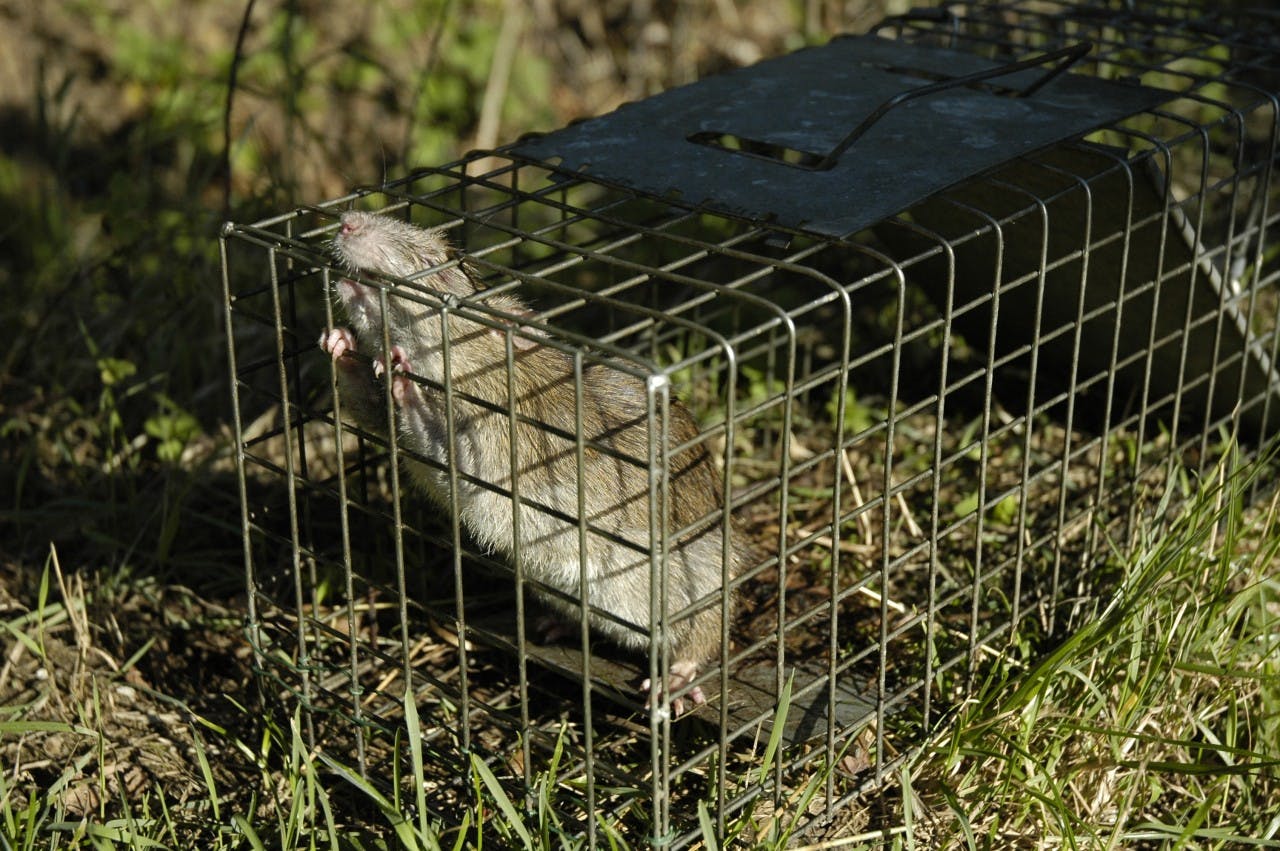The Department of Conservation has announced an ambitious plan to make New Zealand predator-free by 2050.
The development of a public-private partnership company, Predator Free New Zealand Limited, with $28m in government start-up money, will help fund and manage regional large-scale predator eradication programmes.
DOC has set four goals which it hopes to achieve by 2025, including predator removal or suppression of an additional 1 million hectares, development of a new scientific method to remove at least one small mammalian predator from New Zealand entirely, to demonstrate that fences can successfully eradicate pests from 20,000ha of land, and the complete removal of all introduced predators from offshore island nature reserves.
“These are ambitious targets in themselves, but ones that we are capable of reaching if we work together,” Conservation Minister Maggie Barry said.
Marie Brown, a senior policy analyst and biodiversity researcher with the Environmental Defence Society in Wellington, welcomed the initiative: “It’s great to see several senior ministers announcing this huge pest management initiative. The political importance of that is something you can’t understate.
“They’ve adopted the very good work of Predator Free New Zealand over the last few years to build social capital around this idea, which was initiated by the likes of Sir Paul Callaghan.”
The Kiwi physicist Callaghan, who died in 2012, first raised the notion of a predator-free New Zealand just before his death. He proposed a Zealandia programme that would eradicate all predators, starting with Stewart Island and working its way up to the rest of the county. It was met with some criticism when first floated, but his idea planted a seed of optimism that now is seeing major advances.
Brown said now that Callaghan’s once mad idea is no longer considered impossible, it’s inspiring to see strong public support.
“We’re getting to the point where we’re having a much more mature national debate, and the science is strong,” Brown said.
Some estimates have put the total cost of making New Zealand predator-free as high as $25billion. Predator Free New Zealand Limited will have a board of directors whose job it will be to work on regional projects and attract $2 of private sector and local government funding for every $1 of government funding. The government has not said if it is prepared to increase its $25m initial contribution.
Brown also said there are some stars that she hopes to see align in order to accomplish a predator-free country by 2050.
The first step, Brown said, is increased investment in biodiversity research, “that not only develops good techniques for predator control, but that also helps us understand our biodiversity much better”.
Brown said supporting young scientists is paramount, adding that it will be a “herculean effort intellectually” to develop the type of technology to successfully eradicate predators.
“We also need to get clear on the relationship between this new joint venture entity and our existing statutory agencies,” Brown said, noting that it’s vital to ensure the funding ends up in the right place and with the appropriate leadership.
“And, we need robust monitoring to take place to keep people interested in the long game,” she added. “We need to be very clear about the steps we’re taking. We need to be honest about the failures, and jubilant about the successes.”
Brown is adamant that inspiring “social capital” is one of the key ingredients in helping the programme succeed. “Technology and funding have only been part of the barrier to effective predator control,” Brown said. Strong public support and interest will be vital for a predator-free country by 2050.
“But if we can get there, it will absolutely be a world-first.”






